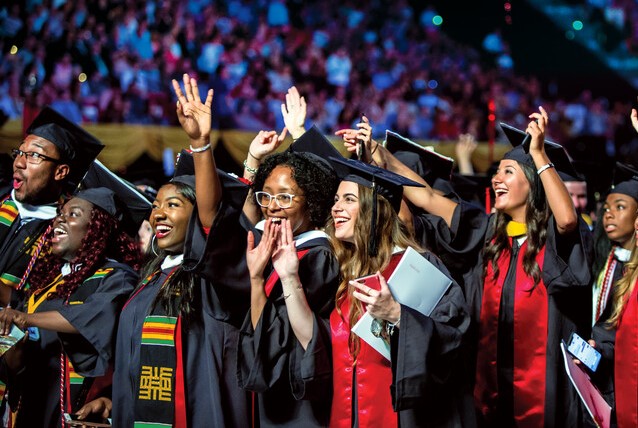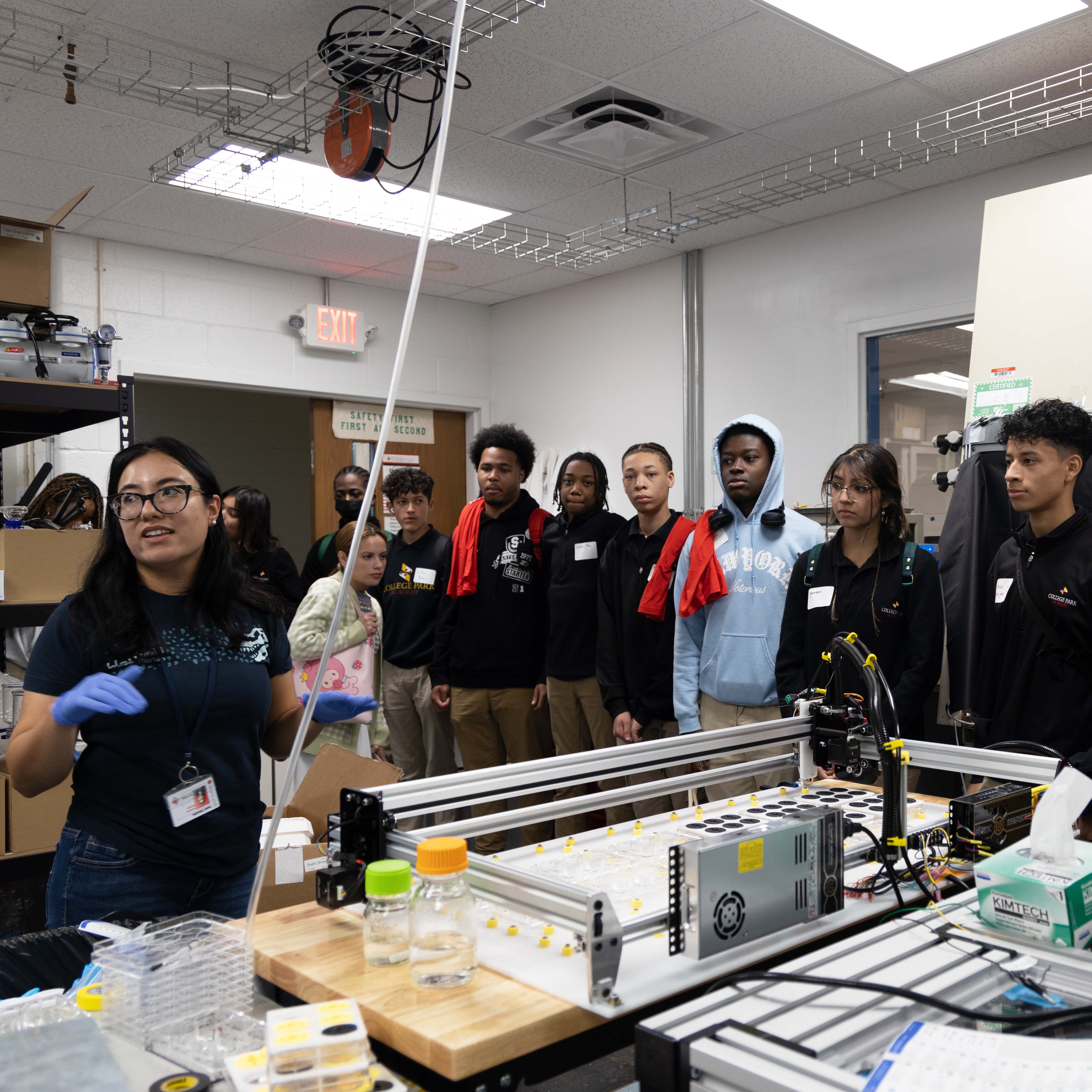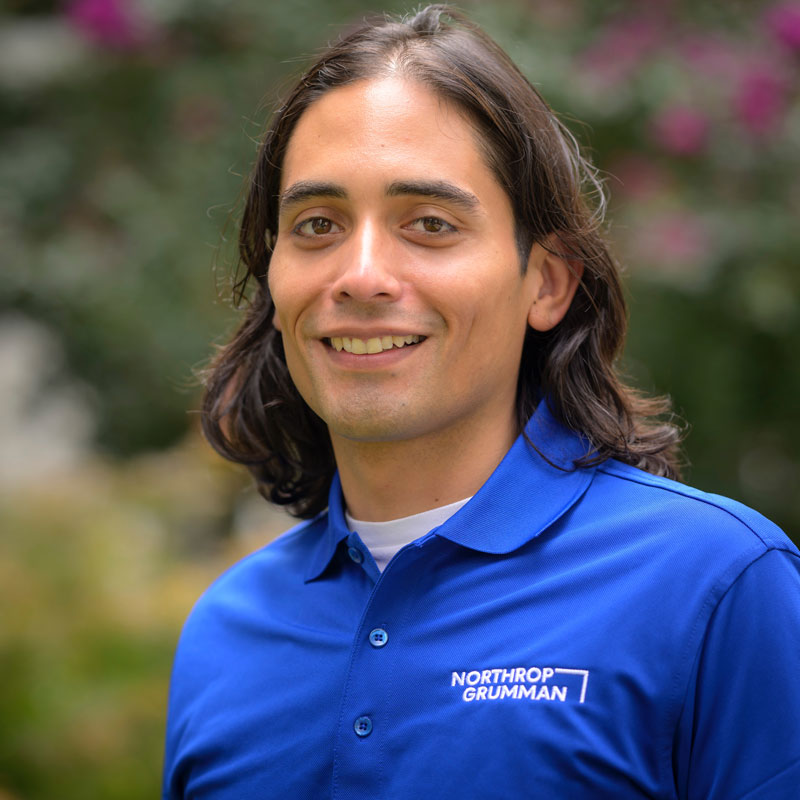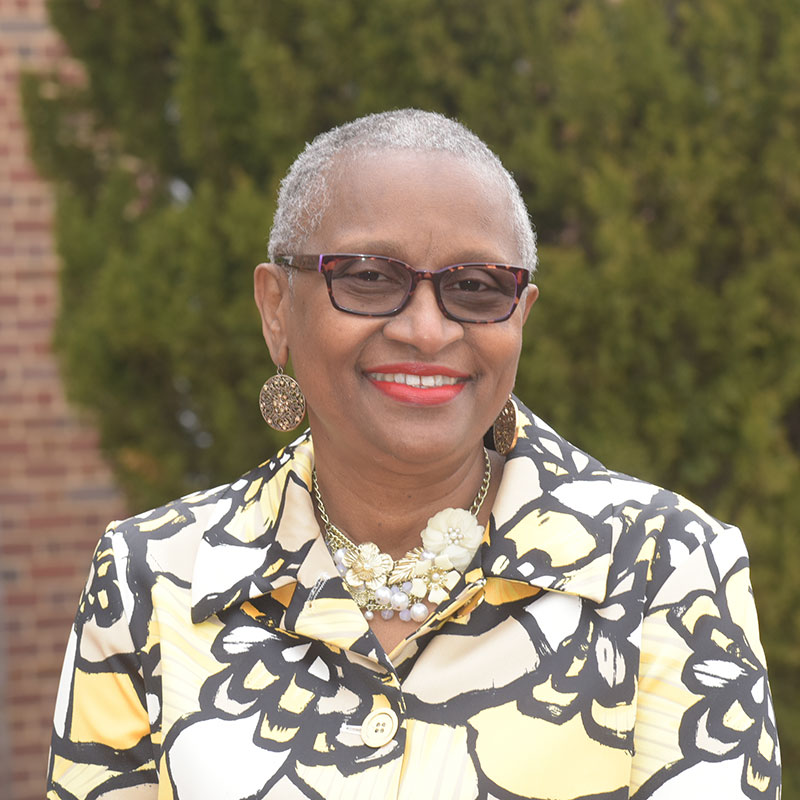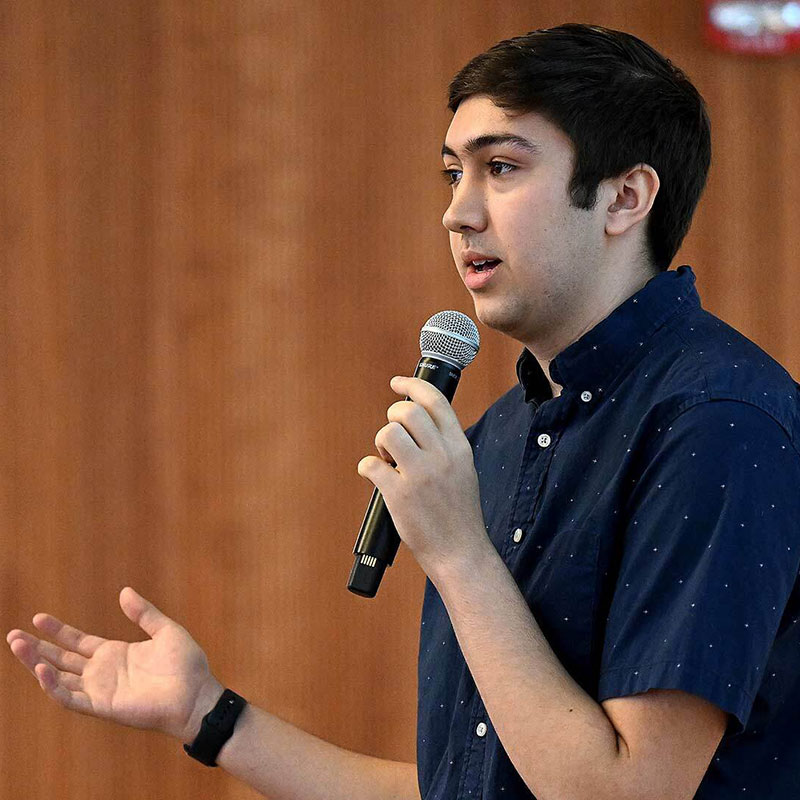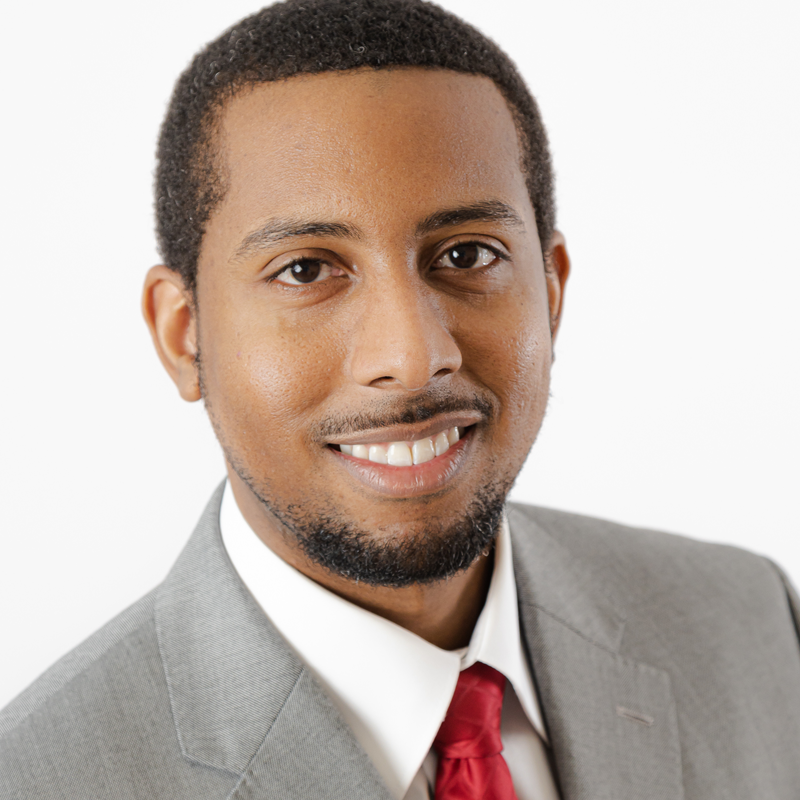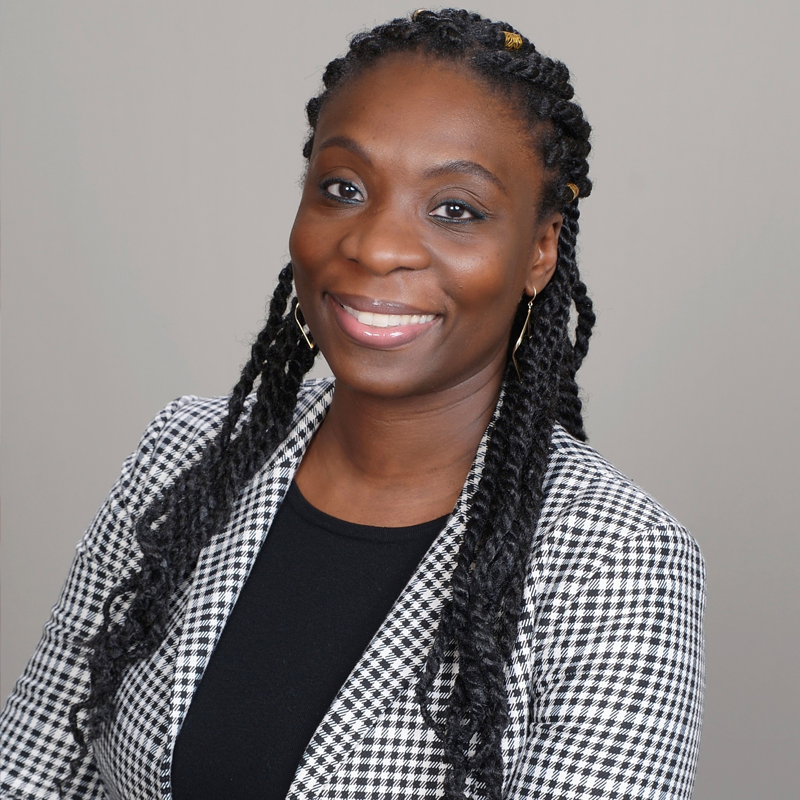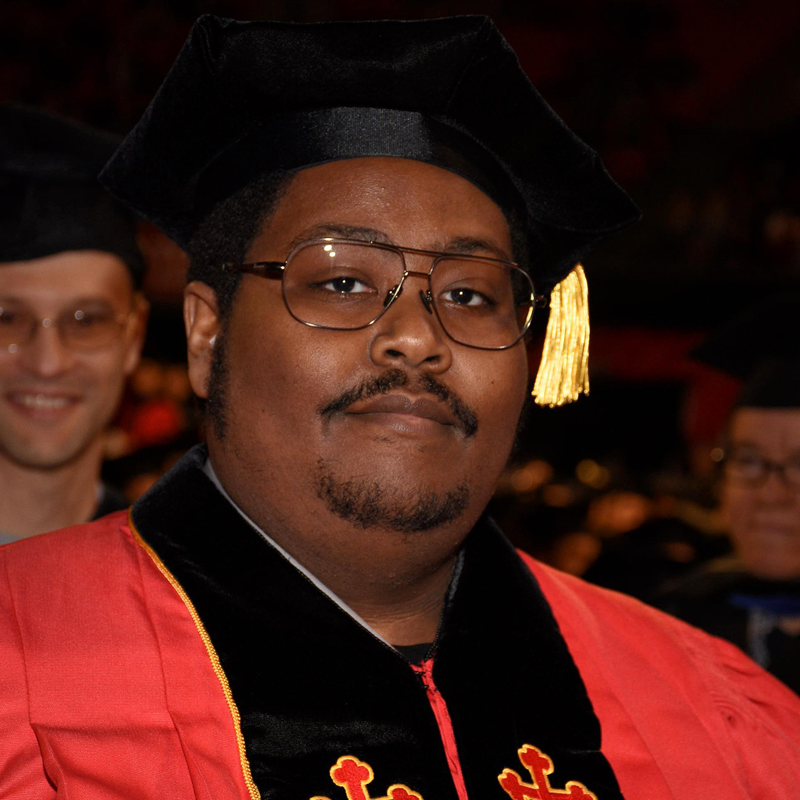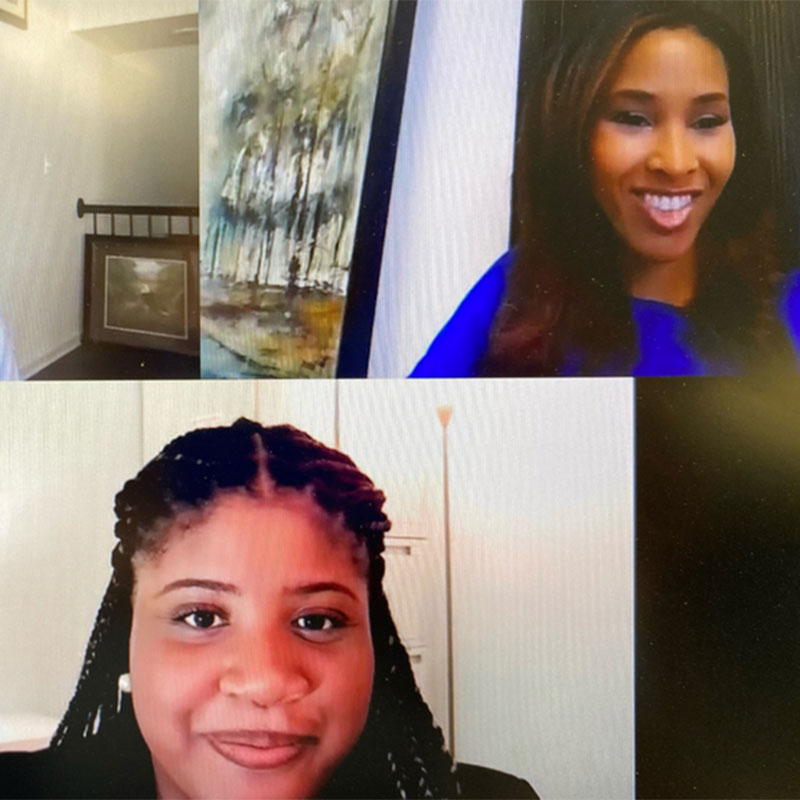One way engineering schools can contribute to the development of equitable infrastructure solutions: a diverse student body.
A diverse student body not only makes engineering more accessible to under-resourced groups and students underrepresented in STEM, but it also broadens the spectrum of experiences and ideas upon which engineering can draw to develop solutions.
“You can’t design for everyone if everyone is not involved in the design process. If we don’t have engineers who are women, or Black, or Latino, we don’t know what they actually go through,” says Natasha Andrade, senior lecturer at the Clark School. “Diversifying the student body is one of the first steps.”
To not just attract but to also support more diverse students through their degrees and careers, campuses need to be prepared to help them successfully navigate the systemic challenges they uniquely face. Nneoma Ugwu, a doctoral student at Maryland Engineering, notes the dearth of Black professors in her department.
“Racism is in every walk of life, whether you want to see it or not,” she says. “When you come in as a Black student, and there are no or few Black professors, who can understand the challenges I am having as a minority here?”
It’s one reason why, for the past four decades, the Center for Minorities in Science and Engineering (CMSE) has devoted its work to change the odds for thousands of students at the Clark School. The center’s mission is transformative: to create a culture in which all students, regardless of how they look or where they come from, have access to the resources and opportunities they need to succeed.
The work is far from over. According to an analysis of four decades of data conducted by Undark, STEM-field bachelor’s degrees awarded to Black students peaked in the early 2000s, and have been falling ever since—underscoring the urgency of CMSE’s founding mission, 40 years on.
Learn about the 40-year history of CMSE
